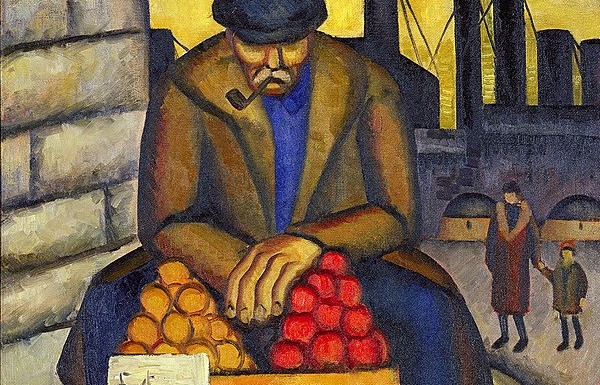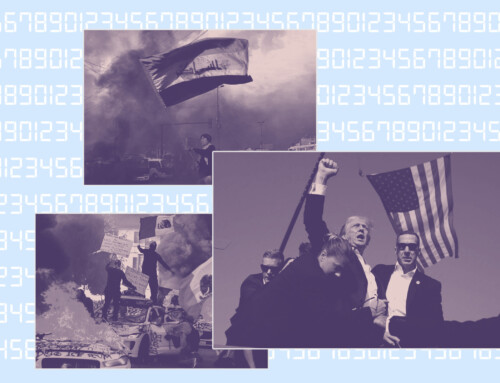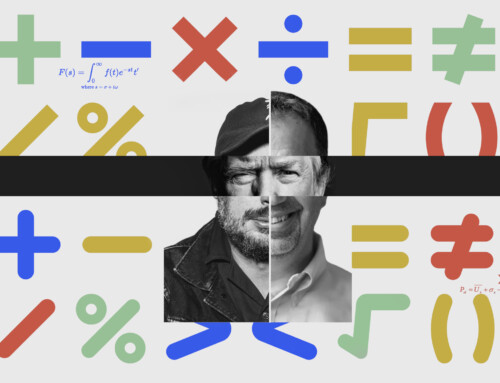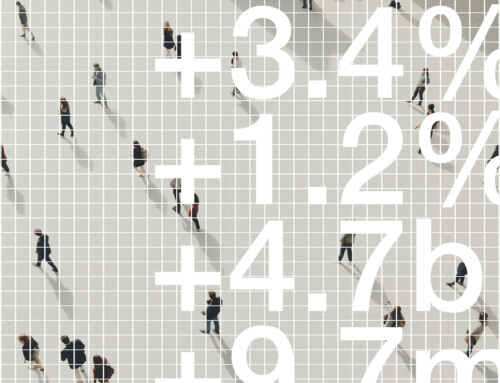Andreas Kakolyris
January 30, 2018
On November 15, 2017, the City University of New York Graduate Center and the Stone Center on Socio-Economic Inequality co-hosted a presentation by Richard Reeves, Senior Fellow at the Brookings Institution, on the topic Dream Hoarders: Is the Upper Middle Class Leaving Everyone Else Behind The presentation focused on the widening gap between those in the top quintile of the income distribution and the remaining 80 percent and was based on Reeves’ latest book Dream Hoarders: How the American Upper Middle Class is Leaving Everyone Else in the Dust, Why That is a Problem and What to Do About It. The presentation was followed by a panel discussion with panelists Janet Gornick, Paul Krugman, and Leslie McCall of the Stone Center and Miles Corak of the University of Ottawa (who will be joining the faculty of the Graduate Center Economics Program in January).
Reeves opened the event with a summary of the key points in his book. He argued that the United States has a class system that, unlike the United Kingdom, is not widely recognized. Class consciousness can help the members of a society become more aware of class divisions and create more political room for tackling inequality. A second point is related to the more traditional division between the top one percent of the income distribution and the bottom ninety-nine percent. The author claims that the focus of the inequality debate on this gap is unhelpful and allows people belonging even to the 99th percentile of the income distribution to believe that inequality is the fault of rich people, more specifically, of an ambiguously defined set of people; the people who are richer than them. In his work, Reeves defines the upper middle class as those in the top quintile of the income distribution. He emphasizes the important role of education in replicating class inequality and the sense of entitlement and the hoarding of opportunities by those in this upper quintile, including exclusionary housing zoning, legacy admissions, and internship opportunities. He stresses the need for change in the U.S. political culture that allows a system of entitlement at the top of the society. Reeves uses the example of the squelching of the attempt made by President Barack Obama to limit the tax benefits of a savings plan (520 plans) that helps families pay for the cost of college as an illustration of the political power of the American upper middle class. This group of people, which is in the top quintile of household income, is well organized and numerous enough to be a serious voting bloc and able to control many critical institutions. In his concluding remarks, Reeves spotlights the dimensions of well-being that play a role in class reproduction, among them wealth, health, parenting, life expectancy, neighborhood, and education.
Following the presentation, panel moderator Janet Gornick raised a number of questions related to the zero-sum framework where in order for someone to win, someone else has to lose. Whereas Gornick agrees with the problematic focus on the top 1%, she expresses her concern regarding the right place to draw the fault line and whether the top quintile is the basis of the “elite” group. She also suggests more attention should be given to the intra- and inter-generationally absolute income mobility, and how to tackle class inequality and move the framework from a zero-sum game. The expansion of the middle class, defined as those whose income falls in a band around the median, would make a contribution to this end. In addition, she raises the issue of whether there are policies that could support the increase in the share of households whose members enjoy the other “positives” associated with the top fifth, such as access to quality health care and education. She also emphasizes the large difference in the United States compared to other countries between the 20th and 80th percentiles of the income distribution.
Miles Corak presented data on the issue of the relationship of dream hoarding and inter-generationally income mobility. He presents geographically disaggregated income mobility data that show that in communities where the probability of being born in the top quintile of the income distribution and staying there are high, it is more likely for poor people to become rich. On the other hand, in communities where the inter-generational cycle of poverty is high, we observe that is really hard for poor people to become rich. The challenge is really how to break out of the bottom of the distribution. He also brought up the issue of changes in peoples’ behavior resulting from the observation of groups of people who are much better than them as well as groups of people who are much lower than them. As the last point, Corak wonders whether the political agenda proposed in the book is utopic, for example, is there a political program that could support the people of upper middle class to not only fight for the best for their children, but also to have their energy and drive help others.
Paul Krugman addresses the issue raised by Gornick about the right setting of the fault line that would define an “elite” group in the society. He doubts the existence of such a line due to the growing inequality between any two points of the income distribution and raises the question of whether the group of people from 80th to 99th percentile could be considered as a unique social class. He presents data that show a strong pulling apart of the income distribution at the 99th percentile, and above, and also expresses some doubts about the political dominance with an example showing that the current tax legislation increases the relative amount of taxes paid by dream hoarders.
Leslie McCall sheds more light on the political dimension and characteristics of the upper middle class. She agrees with the expansion of the political focus to a broader group than the top 1%, and proposes to shift attention from the white working class to the middle/upper class, that according to her is the real impediment to greater equality. McCall also proposes the political agenda to be focused on opportunity-enhancing policies rather than general tax and transfer policies. She concludes that the reduction of market inequality would reduce economic anxiety that feeds dream hoarding.
Reeves made several points in response to a number of the issues raised by the panelists. First, he continues the discussion about the answer as to the appropriate measurement of the inequality gap. He refers to a graph used by Krugman which shows that, although the average annual growth of income for the 80th percentile is roughly equal to the average, the pulling apart of the distribution starts there. Reeves notes that Corak’s comments showing the important features of geographic inequality is very interesting and takes an interesting perspective, as presented in the book, on the zero-sum framework.
In a follow-up comment, Krugman reiterates a point made by other panelists that extreme inequality as observed for income, access to health or access to good education create a war feeling in our society. Thus, the hoarding of the dream can be thought of as a reaction to the extreme inequality of the society in that the alternative for not hoarding the dream can be costly.
Reeves closed the event by taking questions from the audience.






